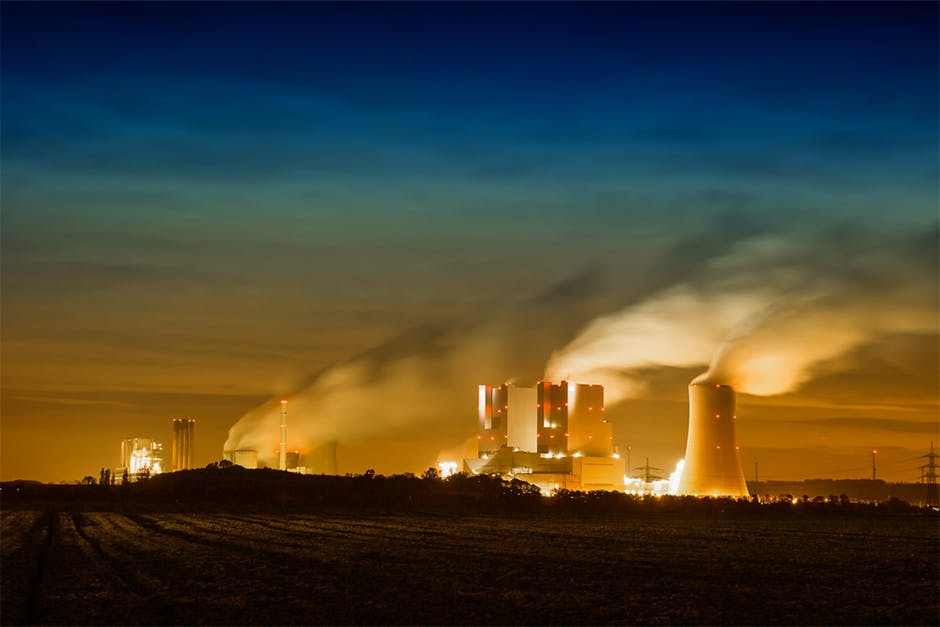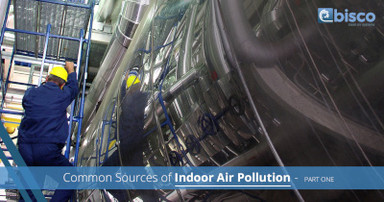Nov 3rd 2017
Common Sources of Indoor Air Pollution, Part One
Indoor air quality (IAQ) is a major concern to manufacturing, metalworking, and fabrication facilities because it can impact the health, comfort, and productivity of the building occupants. For this reason, many work spaces utilize air cleaning systems to keep the air in their facility clean of hazardous debris and contaminants. In this blog, we’ll take a look at some common sources of indoor air pollution along with the common pollutant categories.
Bisco Enterprise is proud to be a leading provider of clean air solutions and dust collection products. With more than 40 years of experience, we’ve helped hundreds of specialized applications find the best products for their facility. If you have any questions regarding sources of indoor air pollution, or you’d like to learn more about our dust collection and mist collection products, contact us today!
Common Sources of Indoor Air Pollution
As you may already know, there are several different types of indoor air pollutants that can cause harm to your workplace and employees. According to the Occupational Safety and Health Administration (OSHA), the relative importance of any single source depends on a few things:
- How much of a given pollutant is being emitted
- How hazardous the emissions are
- Occupant proximity to the emission source
- The ability to ventilate the system to remove contaminants
Let’s look at a few common sources of indoor air pollution, below.
Building Site or Location

The location and positioning of a factory or building can have implications for indoor air pollutants. If your office is near a busy highway or thoroughfare, this may be a source of particulates and pollutants nearby. If a building was constructed on property where there was prior industrial use, or where there is a high water table, you run the risk of leaching water or chemical pollutants into the building.
Building Design
According to OSHA, building design and construction flaws may also contribute to poor indoor air quality. If your facility suffers from poor foundations, roofs, windows, and door openings, you run the risk of letting harmful pollutants inside. If your outside air intakes are placed near sources where pollutants can be drawn back into the building or where building exhaust can re-enter, this could result in poor indoor air quality as well.
If you’re afraid your building design may be contributing to indoor air pollution, contact Bisco Enterprise today. We’ll be happy to discuss the variety of air cleaners available that could help improve the air quality inside your facility.
Building Maintenance
If your warehouse’s heating and cooling or HVAC system isn’t functioning properly, your building may be placed under negative pressure. If this is the case, there may be infiltration of outdoor pollutants like particulates, vehicle exhaust, and parking garage contaminants, to name a few. It’s also important to note that if your workplace has been redesigned or renovated, your HVAC system may not have been updated to accommodate the new changes.
In part two of this series, we’ll discuss some common indoor air pollutants that could be negatively affecting your indoor air quality. If you need help finding the best clean air solution for your workplace or manufacturing facility, contact Bisco Enterprise today!

